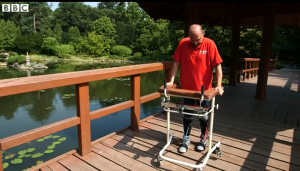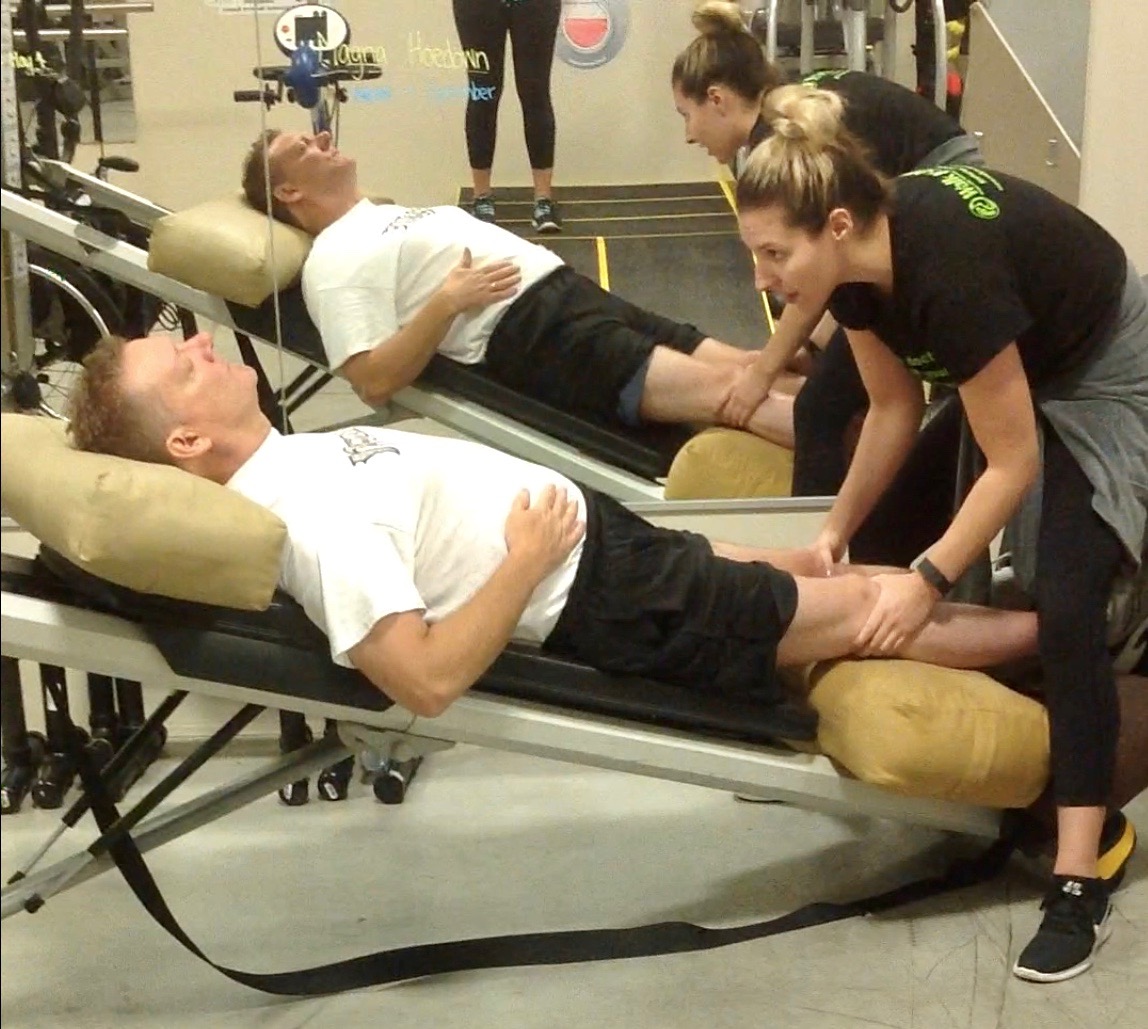In recent months, there has been a breakthrough in spinal cord injury recovery. Research has been looking into the possibility of injecting cells from other areas of the body into the site of injury to see if they can help repair and regenerate the injured cells of the Spinal Cord. Focus had been placed on stem cells for their ability to adapt and change into the cells of their surrounding environment. However, recently the focus has shifted to olfactory ensheathing cells (OEC).
The olfactory receptors, which are responsible for bringing the scent stimulus into the olfactory bulb of the brain, only have a lifetime of about 6-8 weeks. This is where the olfactory ensheathing cells come into play. When the olfactory receptors die, the debris must be removed and they must be replaced; this is the job of the olfactory ensheathing cells. A way to think of it is the receptors are hydro-electric lines carrying electricity to a destination; in this case it would be bringing the scent stimulus to the olfactory bulb. The olfactory ensheathing cells act as the electrical repair technicians for when the lines fall over or need repairing, cleaning up the damaged line and repairing it with new lines; for this reason, the olfactory ensheathing cells are a strong candidate for this specific transplant. The olfactory ensheathing cells also encourage nerve growth in their environment therefore promoting regeneration of the spinal cord when injected at the injury site. Another reason the olfactory ensheathing cells are ideal for this procedure is they can be acquired from within the individual. Being able to use the patient’s cells from within their own body eliminates the risk of the body rejecting the transplanted cells.
In recent spinal cord recovery research, the case of Darek Fidyka has gained a lot of attention. In 2010, Fidyka was stabbed resulting in an 8 mm gap in the spinal cord and a T9, complete spinal cord injury. After the incident, Fidyka was left paralyzed from the chest down with no motor control or sensation below his level of injury. In 2012, Fidyka underwent an olfactory ensheathing cell transplant that would change his life. Before the procedure could occur, Fidyka’s olfactory bulb had to be removed and the olfactory ensheathing cells had to be cultured in a very specific manner (3). Once the cells had been cultured and were ready to be transplanted, the scar tissue surrounding the lesion on Fidyka’s spinal cord was removed and the 8 mm gap was bridged using a sensory nerve from the ankle. The olfactory ensheathing cells were then injected at the top and bottom of the graft site. Fidyka underwent many micro-injections of the olfactory ensheathing cells.
Six months post-surgery, with intensive physiotherapy and neurorehabilitation, Fidyka was beginning to notice gains in muscle mass and was able to tentatively take steps with the use of leg braces, parallel bars and a physiotherapist. Fidyka also recovered improved trunk stability, some voluntary movement in his lower extremities and partial recovery of superficial and deep sensation below his injury level. Diagnostic imaging suggests that with the cell transplant, the 8 mm gap in Fidyka’s spinal cord has repaired and regenerated (4). Two years post-surgery, Fidyka is able to take independent steps using an assistive device. However, scientists and doctors warn that although this case with Fidyka has presented a success and a gain in the area of spinal cord recovery research, there will need to be more clinical trials before announcing a treatment for spinal cord injury.
For more information, feel free to check out the below links and cited article!
1. Paralyzed dogs walk again
2. UCL Institute of Neurology – Spinal Repair
3. Barnett, S.C. & Higginson, J.R. (2011). The culture of olfactory ensheathing cells (OECs) – a distinct glial type. Experimental Neurology, (229), 2-9.
Here at Walk It Off, we are very excited about this new research and the possibilities it brings to individuals living with spinal cord injuries. We are hopeful that Fidyka’s success story will be the spark needed to ignite more research on spinal cord injury recovery and rehabilitation. We will be sure to keep you updated on the latest research and breakthroughs surrounding olfactory ensheathing cells as well as other research that may arise, for those of you who are considering this method of treatment. Walk It Off is looking forward to working with new research, such as OEC transplants, and providing the intensive physical therapy portion required for spinal cord rehabilitation.
We welcome your feedback. You can connect with us via email or telephone or leave a comment right here on the site.
Until next time,
Rebecca (SCI Recovery Trainer)





Leave a Reply
Want to join the discussion?Feel free to contribute!